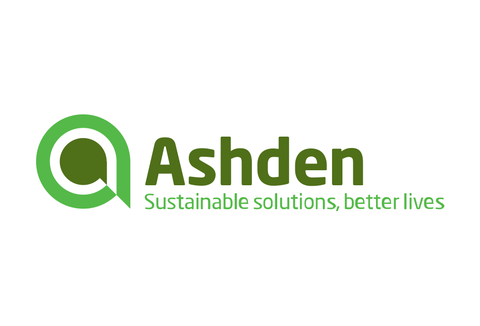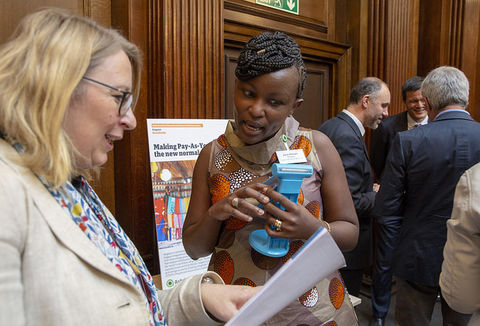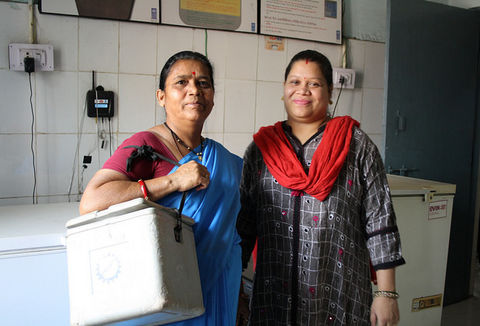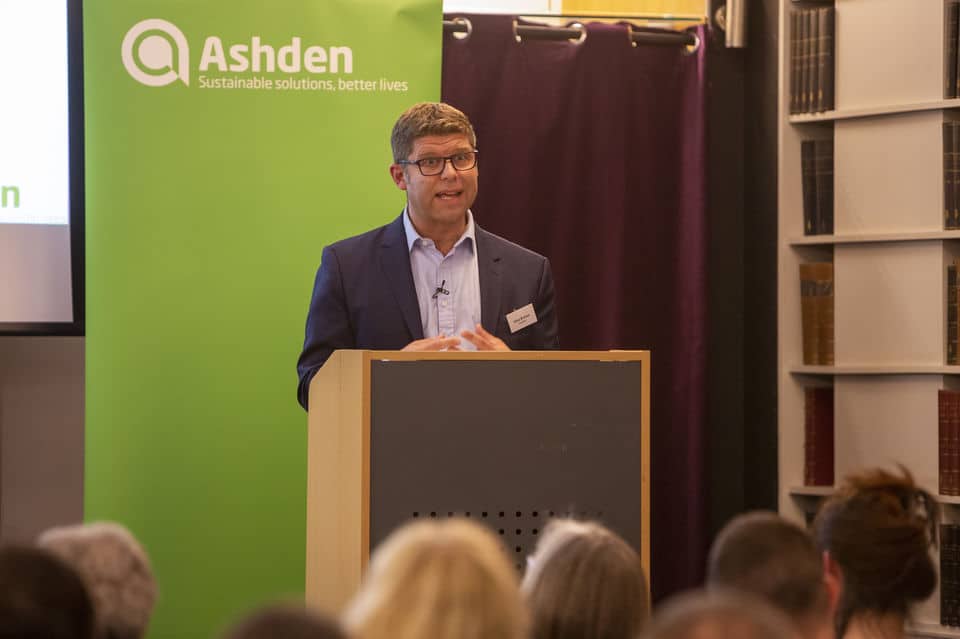1) Do you think that clean energy companies are on the verge of breaking out?
Yes, no and maybe….
The costs of renewable energy are tumbling, making them competitive, or more than competitive, with traditional energy sources. Fossil fuels are an increasingly risky investment, and our reliance on unsustainable, polluting power plants is lessening by the day. At a global/system level – the tide is definitely in favour of renewables and clean energy. It is not a question of if, but when. The rate of deployment is critical if we are to transform global energy systems, create whole new clean energy markets (e.g. clean cooking in Sub-Saharan Africa), to achieve the aims of the UN Sustainable Development Goals and materially reduce the risk of catastrophic climate change.
What is apparent, is that renewables and clean energy are still not a one-way bet! There are still huge entrenched, incumbent and dominant interests in fossil fuels and we are not operating on a level playing field. The fossil fuel industry is heavily subsidised, in many places this may be at the point of consumption, but in others the subsidies still operate to reduce the costs of production – for example, the taxation agreements in North Sea oil and gas decommissioning. Until renewables are allowed to compete fairly and transparently, we will not see a complete break through. The sooner we woke up to the fact that we are now looking at an unstoppable force of a clean energy revolution and ceased trying to hedge our bets with the twilight elements of the fossil fuel industry, the better!
However, all of the above is a gross over simplification – quite obviously, there is no one single asset class of clean energy companies, no one single market etc. We could be talking about off-shore wind, on-shore wind, PV, biomass, clean fuels, sustainable mobility, energy efficiency, waste management, interconnection, transmission and distribution systems, decentralised energy – clean cooking, micro-grids, solar home systems (etc. etc.), and each operates in different (although very much linked) markets. So there is a big “maybe”.
At Ashden, we are concerned most greatly with the challenges of the “access to energy sector”, off-grid, sustainable energy solutions such as clean cooking system, mini-grids and solar home systems that have the potential to provide clean, renewable power to a transform the lives of more than a billion people around the world, that currently have no access to electricity or the 3 billion that cook on smoky, polluting stoves. Pioneering companies in these very difficult markets are making inroads, but there is a long way to go.

Winners
Ashden Alumni
Read more
2) Which are the biggest growth markets for these companies?
Well – the global markets for energy access companies are huge:
– 1.06 billion people lack access to electricity; and
– 3.04 billion lack access to clean cooking technologies (IEA and World Bank, 2017)
Individual markets however, vary hugely. While Ashden operates globally, seeking innovation and enterprises with the potential for scale of impact from anywhere around the world, we have most expertise and experience in East Africa and India. These markets are very different. Both are centres of innovation, finance and enterprise support and we have worked with many young businesses in these regions. We are trying to encourage the diffusion and replication of great ideas originating in these markets, to other frontier markets like West Africa.
To get in to some of the specifics, I would refer you to the excellent work of one of our partners – Sustainable Energy for All. SEforALL working with Practical Action and E3 Analytics, generate an annual report on energy access markets in five high impact countries: Bangladesh, Ethiopia, Kenya, Myanmar and Nigeria. Summarising the findings for these countries in the 2017 report now:
– 2/3 of finance in 2013-14 for grid-connected generation is for renewable energy.
– Rapid progress in countries that have made energy access a political priority, e.g. Kenya and Bangladesh, achieved through integrated strategies that incorporate central, decentralised and mini-grids, plus supportive policies to attract diverse types of public and private finance e.g. IDCOL in Bangladesh that supports access to local debt.
– The market for off-grid solar power has accelerated significantly, although the entire market sector remains small. In 2016, enterprises providing PAYG solar systems raised $223 million in commitments (BNEF, 2017).
– Steady increase between 2011-15 in international development finance commitments for electricity (although only 23% disbursements in ‘high opportunity’ countries) e.g. These include for example, the African Development Bank’s New Deal for Energy in Africa, the EU’s ElectriFI Program, the U.K. Energy Africa Program and the Africa Renewable Energy Initiative.
– Some progress in India, Indonesia and other countries that have been rolling out strategies using LPG as a “transition” fuel.

13 Feb | News
Ashden International Conference 2018 – Financing the Future
Read more
3) Does the clean energy movement have enough momentum to survive without regulatory backing?
Well this is complex! It depends on what we mean by regulation – energy is highly regulated. We live with a global energy system and local markets that have developed incrementally to cater for the way we use fossil fuels to power our lives. Regulation governs everything about the system. All energy markets around the world could do with some amount of overhaul to account for an increasing penetration of clean energy and, more positively, to accelerate its development. So in these terms, a fair market for renewables would include some fundamental restructuring including:
Global cessation of fossil fuels subsidies to level the playing field and we would need to see some market restructuring. Many markets favour predictable, dispatch-able power – rewarding longer term certainty of delivery and massively penalising intermittency. We would need to see market rules that catered for different types of generation.
But regulation also governs finance and investment, risk management, consumer protection….. etc. etc. the list goes on!
Again, to get a little more specific around sustainable “energy access” markets, and what it will take to accelerate progress towards delivery of SDG7, we are looking to national governments to take a coordinated, flexible planning approach to create the conditions for sustainable energy markets and co-existence of different types of renewable generation. To encourage finance from a broad range of sources in to this sector, we will need clear, consistent national policy around these areas, for example:
– Policy planning and regulation that gives confidence to investors.
– Transparent rules in the energy, banking and investment sectors and collaboration between government ministries (finance, energy, health etc.) for joined up policy-making.
– Clear policy and consistent government planning about grid extension and mini-grid development to provide more certainty for enterprises, as well as investors, donors and NGOs.
– Collaboration between governments, donors, investors, development finance institutions, the private sector and civil society organisations to develop markets that are inclusive and “leave no one behind”.
– Simplified import processes and reduction of VAT and tariffs on clean energy products.
– National governments should consider working with bilateral and multilateral financiers to develop a shared vision and targeted program of work including enabling policies, utility participation and financing.
For the clean cooking sector, the challenge is even greater and what we need to see as a global effort to get behind this vital sector. Some have referred to this as the need for “big market” approaches rather than incremental solutions – this needs strong government planning and support and industry-building initiatives, including significant consumer awareness efforts on benefits.

Reports
Lessons on supporting energy access enterprises
Read more
4) How has blended financing helped the sector, will it be enough to sustain growth?
The headline is that finance for energy access is not on track to meet universal energy access objectives by 2030. Much of the focus needed on decentralised (sustainable/renewable) energy solutions but these only receive less than 1% of traceable finance for energy access. (to quote from the work of SEforALL, 2017)
The big question for all those involved in the energy access sector and raising levels of finance for energy access is how it can be accelerated for exponential scaling up. There is currently a $25.6bn annual deficit in reaching the target of universal access to sustainable energy (SDG7) by 2030. Where there is funding, nearly two thirds of it is going to a tiny number of countries. For example, in 2014, just 33% of energy commitments went to 13 sub-Saharan countries, and this accounts for over half of the global population living without reliable access to electricity.
At energy access conferences around the world, people are discussing whether “blended finance”, a mix of philanthropic or donor finance and private capital, will be the catalyst for liquidity for the sector. We are seeing an increasing number of development finance institutions and government-backed agencies together with family foundations, prepared to see their money being used to lower the risk for commercial capital. Blended finance can guarantee early losses, easing the burden on the private sector. There is no doubt that blended finance will help and we need to see in the region of $1 billion a year of concessionary or catalytic finance flow in to this sector, to help unlock about $52 billion that will be needed to deliver SDG7; however, this is just one element of what is required. My call is for decision makers and the finance community to unleash its creativity (we know you have it in there), and carry out radical experimentation and innovation in finance and policy commensurate with this global challenge. Look for philanthropy to help you share the risk – but quite simply, we do not have time to play it safe the whole time.

2018 International Ashden Award for Sustainable Energy and Health
Chhattisgarh State Renewable Energy Development Agency (CREDA)
Read more
5) What are the biggest challenges for the sector?
We have covered these in much of the above, but we consider the following to be the hurdles to delivering on the goals of SDG7 by 2030:
– National governments must take a coordinated, flexible planning approach to create the conditions for sustainable energy markets and co-existence of different centralised and de-centralised energy. Clear, consistent policy is needed to encourage investment from a broad range of sources.
– Partnerships between multiple stakeholders, including local communities, trade bodies, governments, NGOs and financiers are needed to build demand, unlock finance and stimulate enterprise.
– Investment of $52bn per year is needed to achieve universal energy for all by 2030. Channelling this to the right places in the right amounts will involve linking public, philanthropic and private capital to stimulate markets and take early-stage risk, building awareness, skills and trust of local banks providing concessional finance in local currency and increasing availability of consumer micro-finance.
– Support for enterprises to develop capacity and scale their work – both those organisations directly providing energy products and services and, importantly, those providing eco-system services to enable specialisation along the value chain. Approaches to enterprise support should promote a level playing field and enable thriving markets at local level, including community-managed models, and promote a gender-progressive approach.
– Increased innovation in key areas: including the next generation of clean cooking technologies; energy efficient appliances; technology and business models for productive uses of energy; financial structures and business models for scale.

